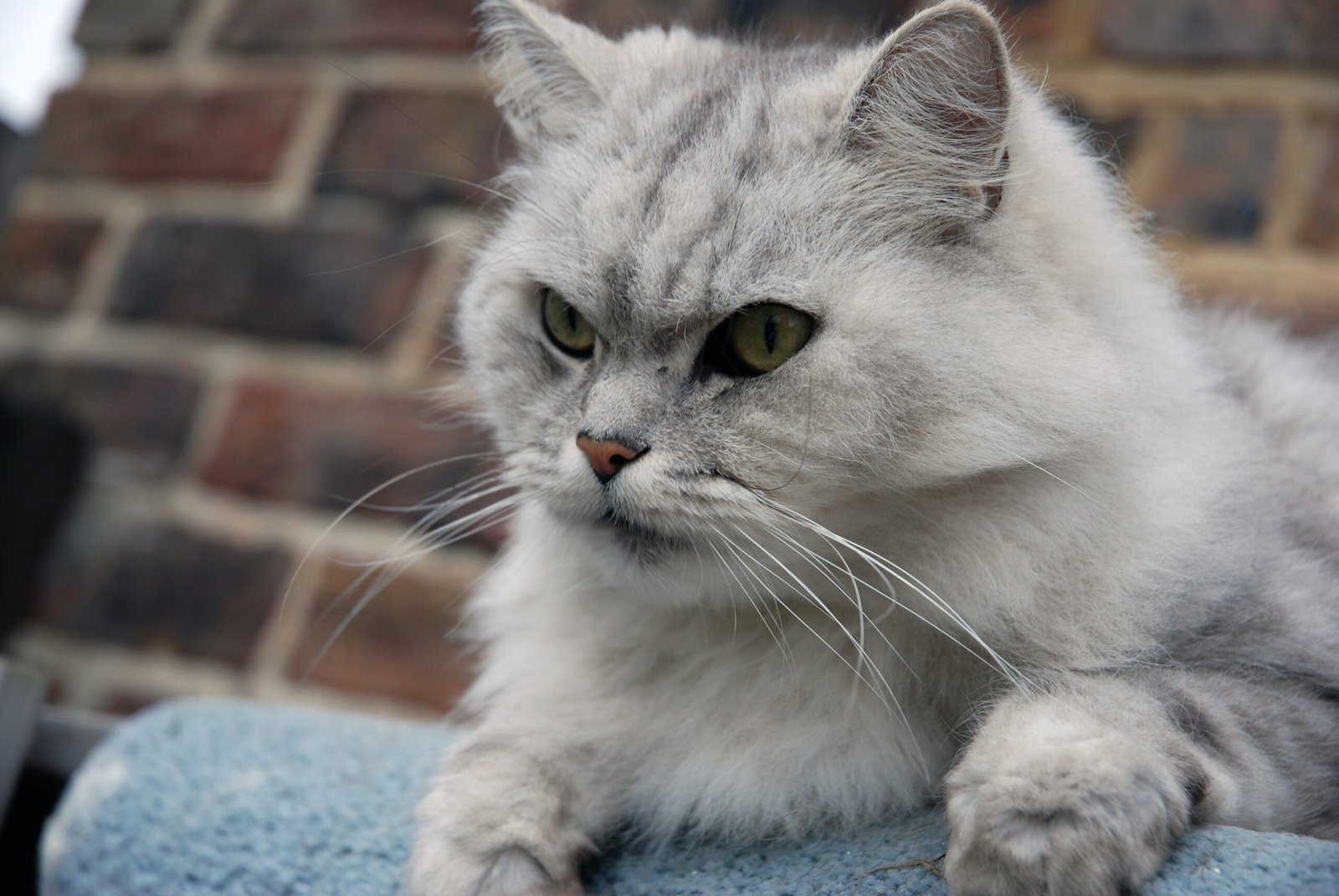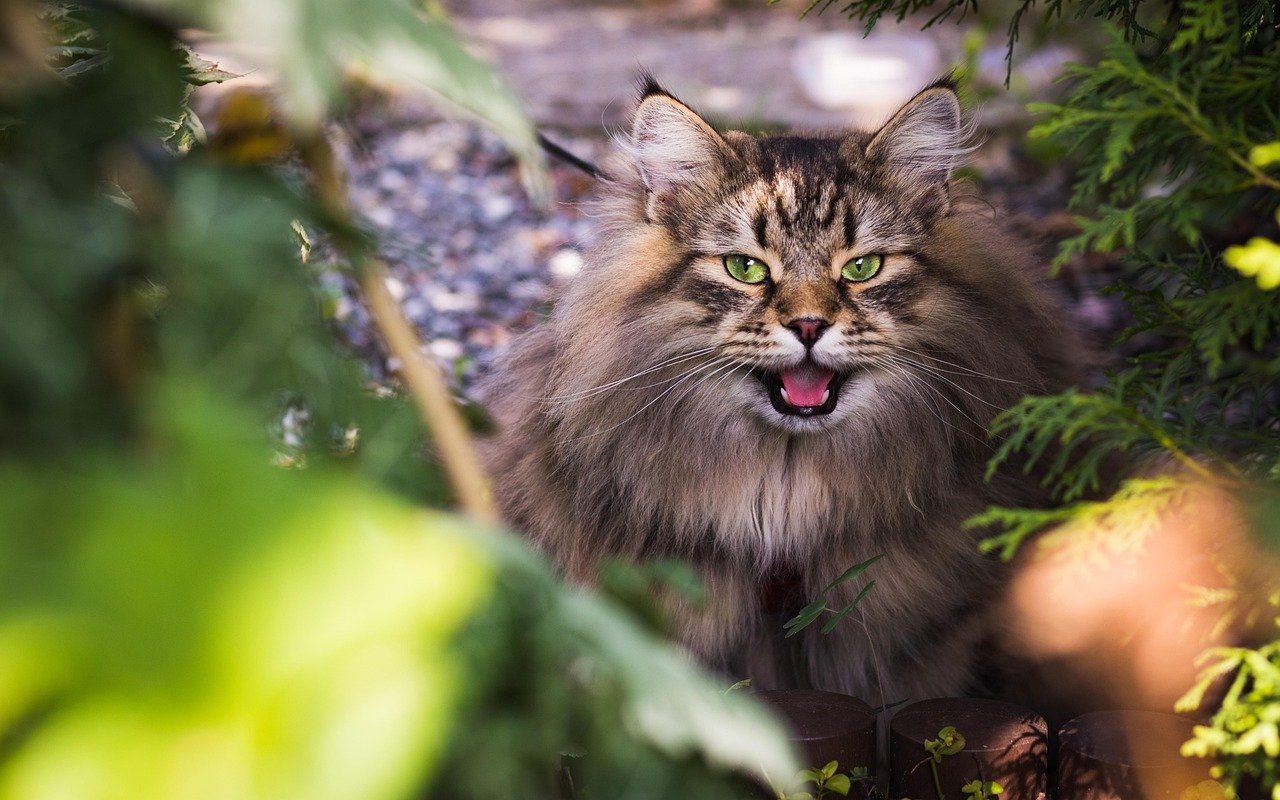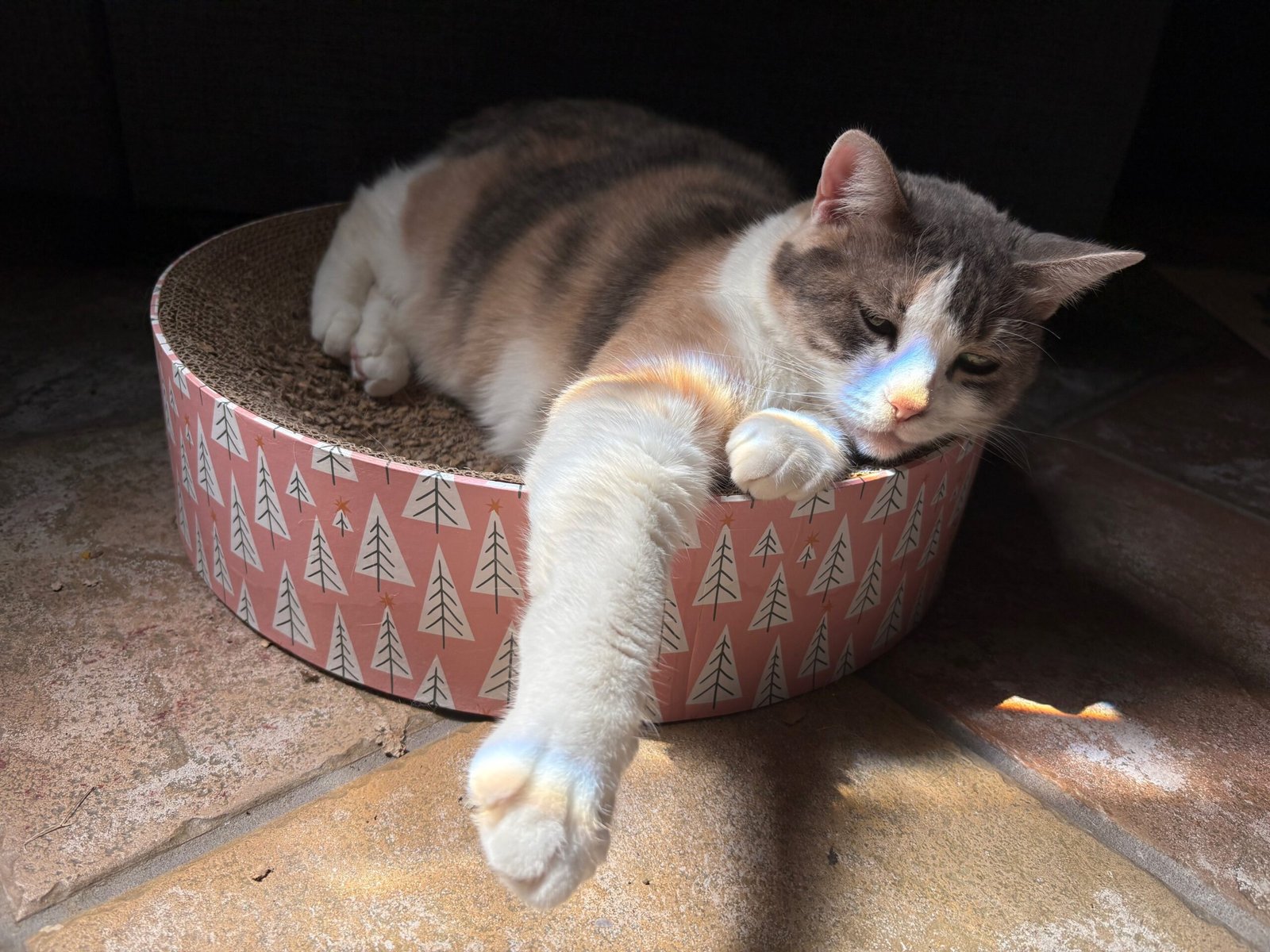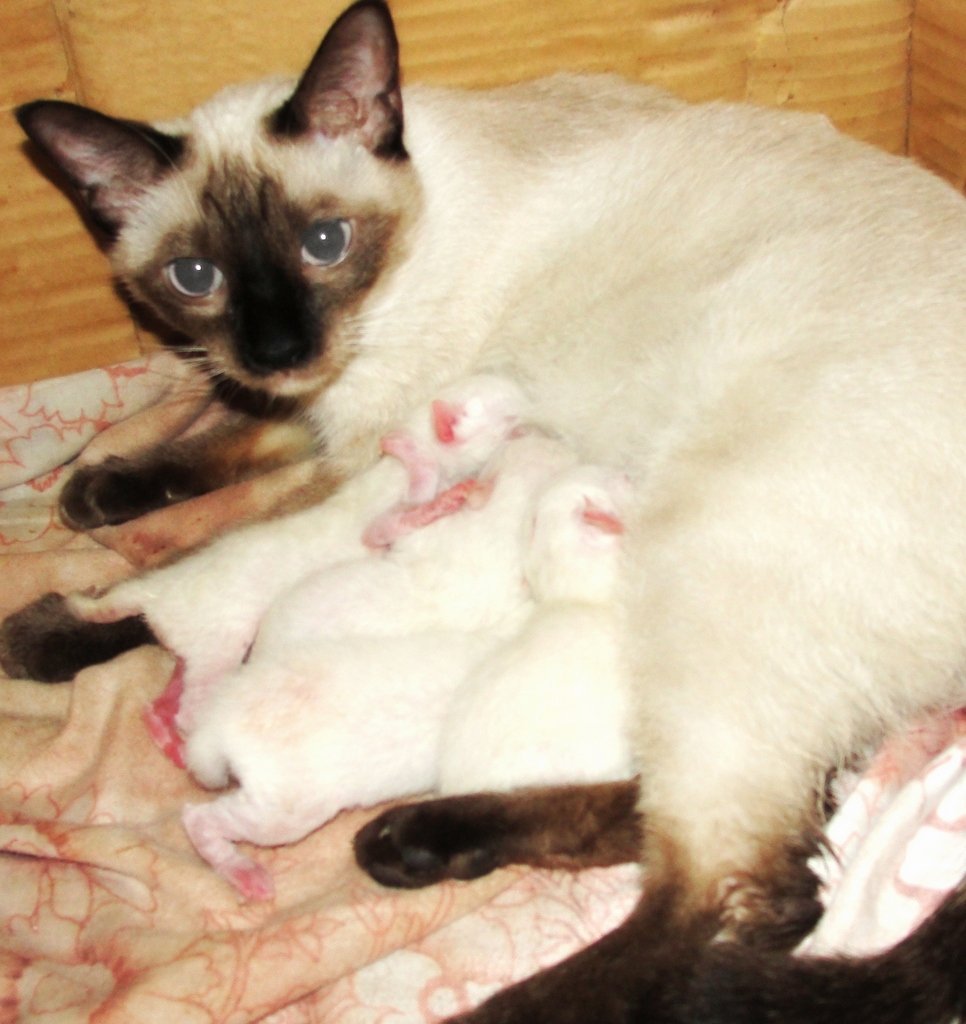Cats, with their mysterious and enigmatic ways, have always intrigued us. While they often appear as independent creatures, their behavior can give us insight into their emotional world. Just like humans, cats can hold onto memories, sometimes causing them to react in certain ways. Recognizing these signs will help you understand your feline friend better and provide the support they need.
Changes in Eating Habits
One of the most noticeable signs that your cat might be holding onto a past experience is a change in their eating habits. If your cat suddenly becomes a picky eater or starts overindulging, it could be a sign of stress or anxiety linked to a past event. Cats, like humans, can associate certain smells or tastes with particular memories. If a traumatic event occurred close to their feeding time, they might develop an aversion to their food. On the flip side, some cats might eat more as a coping mechanism, similar to how people might turn to comfort food during stressful times.
Increased Aggression
Aggression in cats can manifest in many ways, from hissing and swatting to more severe forms of biting and scratching. If your usually calm kitty suddenly shows signs of aggression, it might be due to a negative experience they’ve encountered. Cats have a keen sense of memory, and if they associate a particular person or place with a past trauma, they might react aggressively when reminded of it. Understanding the root cause of this behavior can be the key to helping your cat find peace.
Heightened Fearfulness

A cat that appears overly fearful or skittish might be holding onto a past experience that left them feeling vulnerable. This fear can manifest as hiding, trembling, or avoiding certain areas of your home. For instance, if your cat had a frightening encounter near a particular door, they might avoid it entirely. Cats are creatures of habit, and anything that disrupts their routine or environment can leave a lasting impression. Providing a safe space and gradual exposure to the feared object can help reduce their anxiety.
Excessive Grooming
While grooming is a natural behavior for cats, excessive grooming can indicate stress or anxiety related to a previous experience. Cats might over-groom themselves to the point of bald patches or skin irritation. This behavior might be a form of self-soothing, similar to how humans might fidget when nervous. If you notice your cat grooming excessively, it might be worth considering if there’s an underlying emotional issue at play.
Unusual Litter Box Behavior
Changes in litter box habits can be a telltale sign of a cat holding onto a past experience. If your cat suddenly starts avoiding the litter box or has accidents outside of it, it could be linked to a traumatic event. Perhaps something startled them while using it, causing them to associate the litter box with fear. It’s important to ensure that the litter box environment is calm and comfortable, and to approach any changes with patience and understanding.
Increased Vocalization

An increase in vocalization, such as meowing, yowling, or crying, can indicate that your cat is trying to communicate their distress. Cats might vocalize more if they’re reminded of a past event that caused them discomfort or pain. This behavior is their way of seeking comfort or attention. Listening to their cues and providing reassurance can help them feel more secure and understood.
Clinginess or Detachment
Cats that are either overly clingy or unusually detached might be dealing with the emotional aftermath of a past experience. A cat that suddenly seeks constant attention might be looking for reassurance and safety, while a distant cat might be trying to protect themselves from potential harm. Observing these behavioral shifts can give you insights into your cat’s emotional state and help you provide the support they need.
Destructive Behavior

Destructive behavior, such as scratching furniture or knocking items off shelves, can be a cry for help from a cat dealing with unresolved emotions. This behavior might be their way of expressing frustration or anxiety related to a past event. Providing alternative outlets for their energy, such as interactive toys or scratching posts, can help redirect their focus and reduce destructive tendencies.
Changes in Sleep Patterns
A shift in your cat’s sleep patterns can be indicative of underlying stress or anxiety. If your cat is sleeping more than usual or is restless and awake at odd hours, it might be due to a past experience that left them feeling uneasy. Just as humans might have trouble sleeping after a traumatic event, cats can also struggle with rest. Ensuring a peaceful and comfortable sleeping environment can help them feel more at ease.
Increased Sensitivity to Touch

Cats that suddenly become sensitive to touch, especially in certain areas, might be holding onto a memory of pain or discomfort. If your cat flinches or becomes agitated when touched, it could be a sign of a past injury or trauma. Understanding and respecting their boundaries, while gradually reintroducing touch in a gentle manner, can help rebuild trust.
Reluctance to Explore
A cat that is hesitant to explore new areas or objects might be dealing with the emotional residue of a past experience. Cats are naturally curious creatures, so a sudden lack of interest in their surroundings can be concerning. This reluctance might be due to a negative association they’ve made with exploration, possibly from a previous scare or injury. Encouraging exploration in a safe and controlled environment can help reignite their natural curiosity.
Sudden Changes in Routine
Cats thrive on routine, and any sudden changes can be unsettling for them, especially if linked to a past experience. If your cat begins to act out or show signs of distress when there is a change in their daily schedule, it might be because they associate that change with a previous negative event. Maintaining a consistent routine and slowly introducing changes can help your cat feel more secure.
In conclusion, understanding the subtle cues and behaviors that your cat exhibits can provide valuable insights into their emotional well-being. By recognizing these signs and offering the necessary support, you can help your feline friend move past their previous experiences and lead a happier, stress-free life.
Hi, I’m Bola, a passionate writer and creative strategist with a knack for crafting compelling content that educates, inspires, and connects. Over the years, I’ve honed my skills across various writing fields, including content creation, copywriting, online course development, and video scriptwriting.
When I’m not at my desk, you’ll find me exploring new ideas, reading books, or brainstorming creative ways to solve challenges. I believe that words have the power to transform, and I’m here to help you leverage that power for success.
Thanks for stopping by, Keep coming to this website to checkout new articles form me. You’d always love it!






